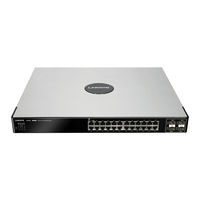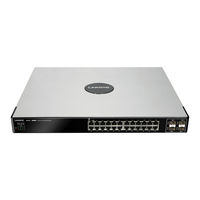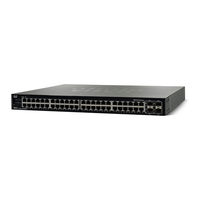Cisco Linksys SGE2000P Manuals
Manuals and User Guides for Cisco Linksys SGE2000P. We have 8 Cisco Linksys SGE2000P manuals available for free PDF download: Administration Manual, Reference Manual, Release Note, Datasheet, Manual, Firmware Upgrade Manual
Cisco Linksys SGE2000P Administration Manual (410 pages)
48-port 10/100/1000 SFE/SGE Managed Switches
Table of Contents
Advertisement
Cisco Linksys SGE2000P Reference Manual (286 pages)
Gigabit Ethernet Switch
Brand: Cisco
|
Category: Network Router
|
Size: 11.9 MB
Table of Contents
Cisco Linksys SGE2000P Administration Manual (70 pages)
Gigabit Ethernet Switch Release 1.0
Brand: Cisco
|
Category: Network Router
|
Size: 5.76 MB
Table of Contents
Advertisement
Cisco Linksys SGE2000P Release Note (16 pages)
Cisco SFE2000: Release Note
Cisco Linksys SGE2000P Datasheet (6 pages)
24-Port Gigabit Switch: PoE
Cisco Linksys SGE2000P Firmware Upgrade Manual (5 pages)
Switch Firmware Upgrade via TFTP







